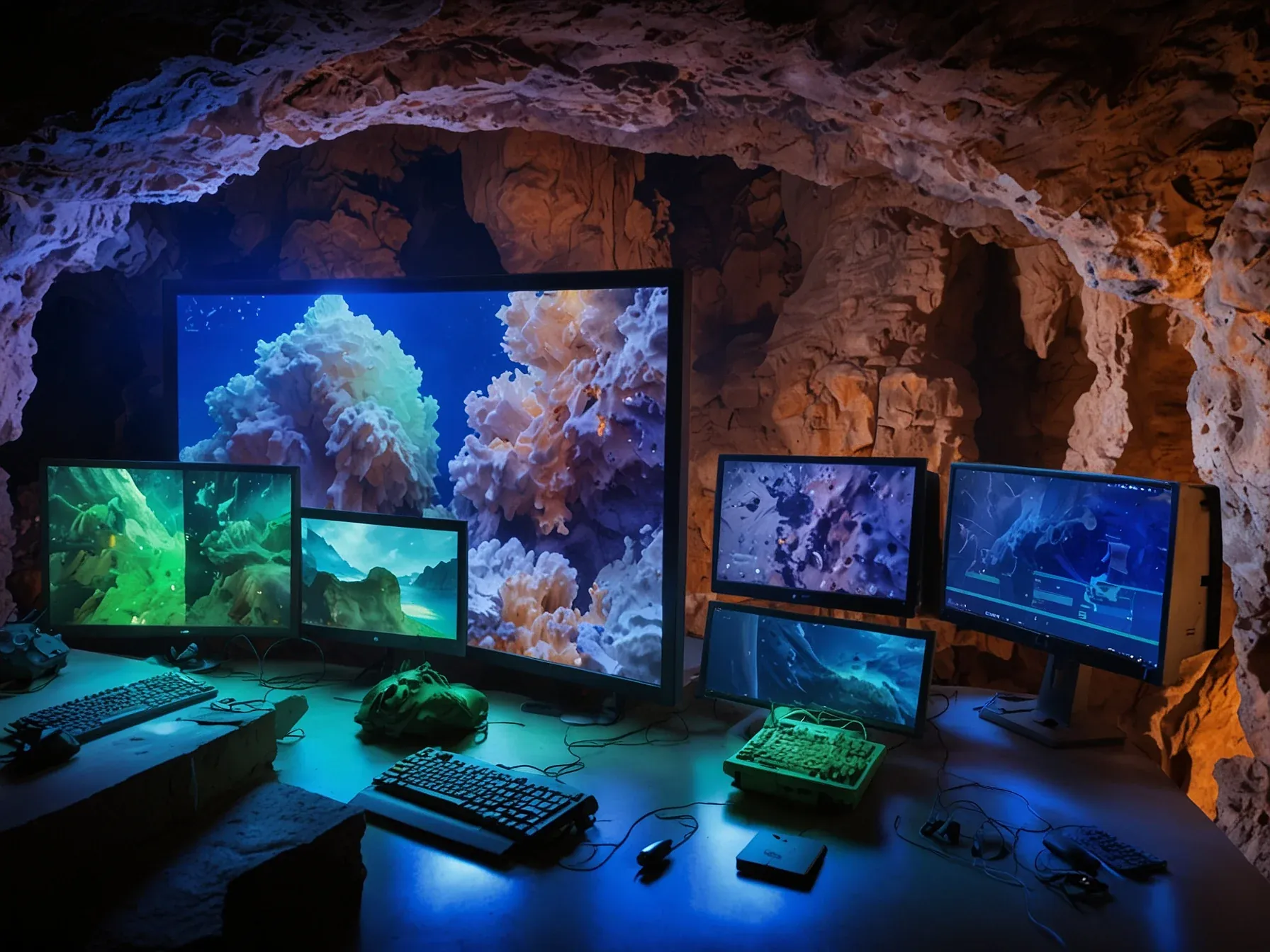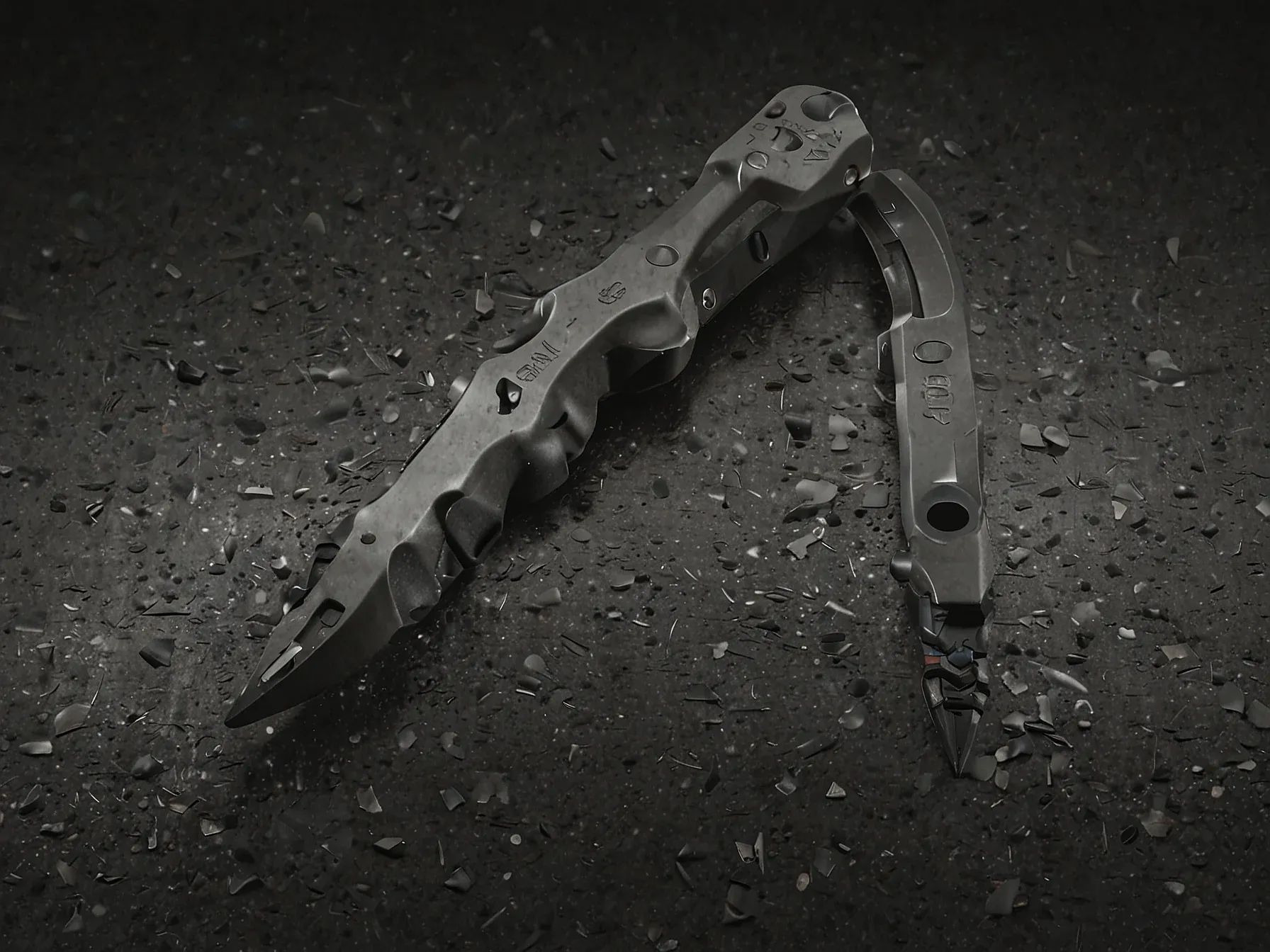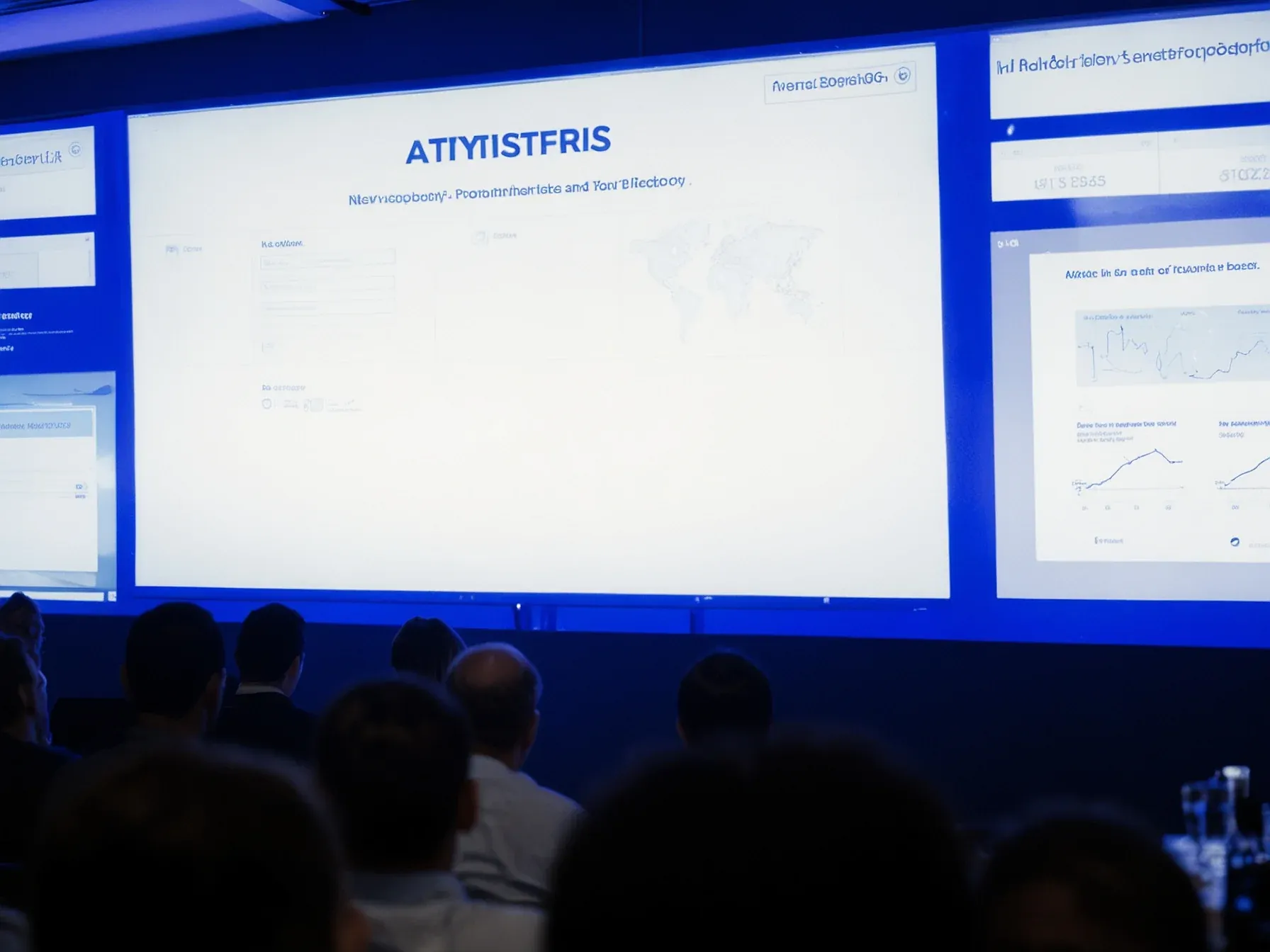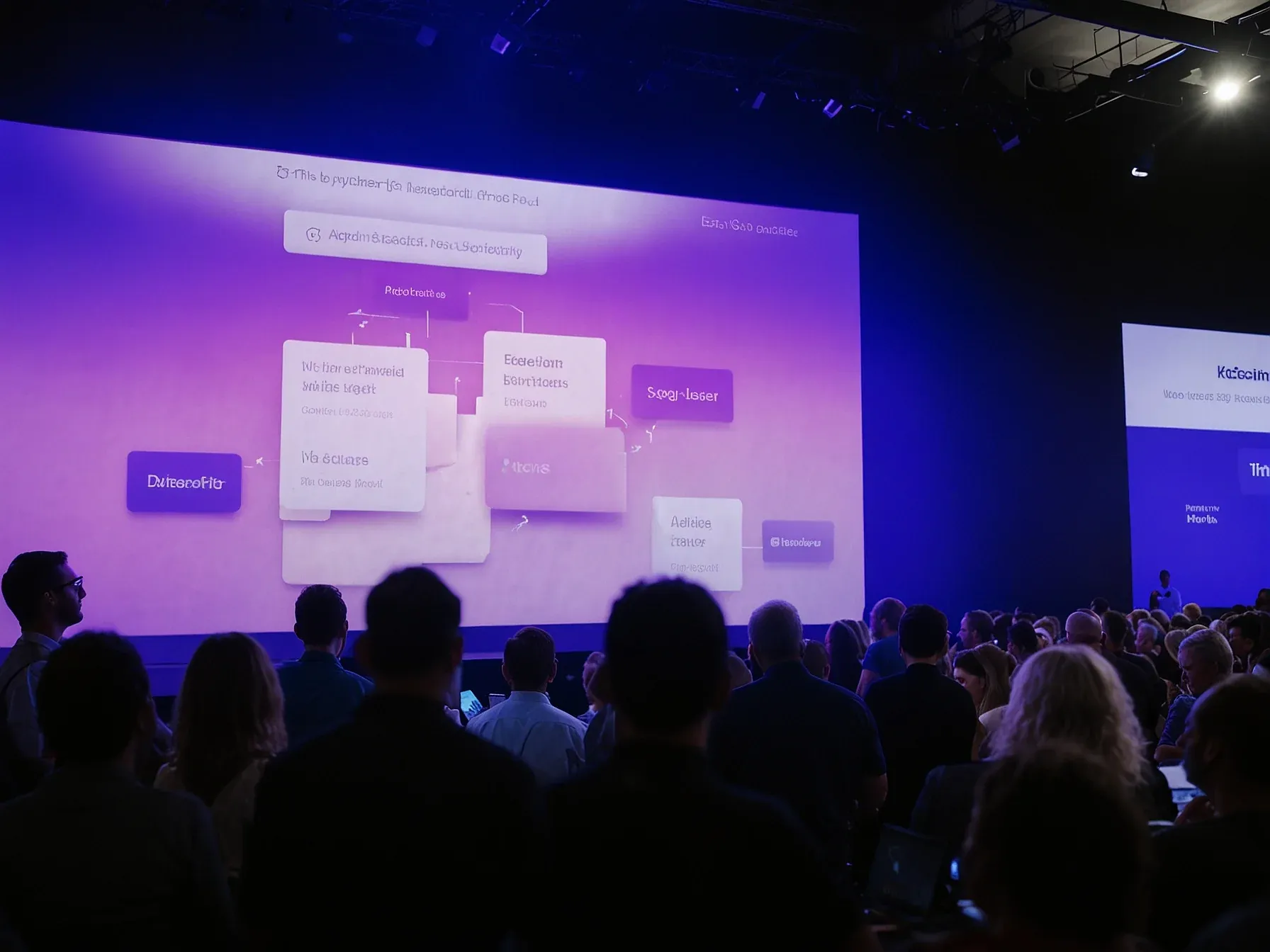
Windows Copilot AI unable to pinpoint image source in user test
When Microsoft rolled out the new Windows Copilot, the promise was simple: a built‑in assistant that could answer questions, draft emails and even help you make sense of visual content. In a recent hands‑on test, a writer fed the tool a screenshot of a bustling street scene and asked it to name the exact spot. The expectation was that the AI, trained on billions of images, would pull up a location instantly, saving the user a Google search.
Instead, the assistant offered vague guesses and then stalled when pressed for specifics. The writer, unfamiliar with the photograph’s origin, turned to a manual hunt through Trip Advisor archives. After sifting through dozens of user‑submitted photo albums, an editor finally uncovered a matching image in a review collection, confirming the place the picture depicted.
The contrast between the AI’s inability to pinpoint the site and the labor‑intensive human workaround underscores a gap that many early adopters are beginning to notice.
**At no point did it correctly identify the location of the image…**
At no point did it correctly identify the location of the image. (To be slightly fair to Copilot, if you don't already know where the image is from, it's not easy to figure out. After manually searching through Trip Advisor images, my editor found a match in a user review album that confirms Microsoft's ad was correct in pinpointing Rio Secreto. Since the video depicted in Microsoft's ad doesn't seem to exist, it's unclear what information Copilot was using to identify the cave.) Beyond simply looking at things and trying to identify them, Microsoft also depicts Copilot actually doing things.
Did the demo live up to the promise of a truly conversational PC? In this test, Copilot failed to name the image’s origin, and the author notes that even a manual search through Trip Advisor was required to locate the source. While the marketing narrative frames the assistant as “the computer you can talk to,” the experience described feels more like a reminder of current limits.
Because the image was obscure, it isn’t clear whether the shortfall reflects a broader weakness in visual‑search capability or an isolated mismatch between user expectation and system training. The editor’s eventual success, achieved by sifting through user‑generated albums, underscores that human effort remains essential for tasks Copilot claims to handle. Consequently, the gap between advertised convenience and demonstrated performance persists, leaving it uncertain whether future updates will bridge it.
Until then, users may find the technology useful for some queries but still unreliable for precise image identification.
Further Reading
- Microsoft Copilot Windows 11 setting fails in new ad - Windows Central
- Is copilot image generation down? - Microsoft Q&A
- CoPilot limitations since start May 2025 - Microsoft Q&A
- Privacy FAQ for Microsoft Copilot - Microsoft Support
Common Questions Answered
Why did Windows Copilot fail to correctly identify the location of the street scene image in the test?
The AI offered only vague guesses and never pinpointed the exact spot, likely because the image was obscure and not part of its indexed dataset. The author had to resort to a manual Trip Advisor search to locate the source, highlighting current limitations in Copilot's visual‑search capability.
What location was eventually identified as the source of the image after a manual Trip Advisor search?
The manual search uncovered that the image matched a user review album showing Rio Secreto, a cave in Mexico. This discovery confirmed that Microsoft's ad had correctly referenced Rio Secreto, even though the AI itself did not make the connection.
How does the article assess the broader promise of Windows Copilot as a "truly conversational PC" based on this visual test?
The article suggests that the failed attempt to name the image’s origin reveals a gap between marketing claims and actual performance. While Copilot can handle text tasks, its current visual‑search abilities appear limited, especially with obscure images.
What uncertainty does the article highlight regarding the video shown in Microsoft's Windows Copilot advertisement?
The author notes that the video depicted in the ad does not seem to exist, making it unclear what data Copilot used to claim it could identify the cave. This ambiguity further questions the reliability of the assistant’s visual identification claims.




